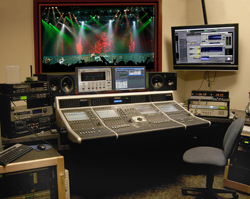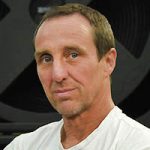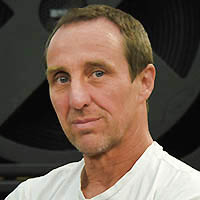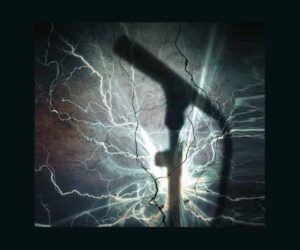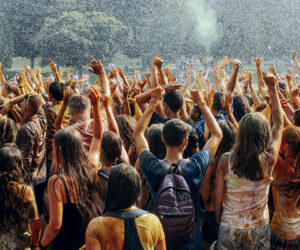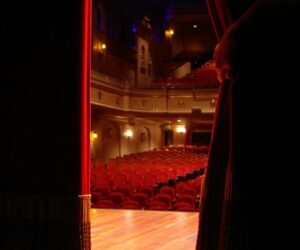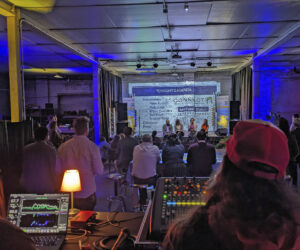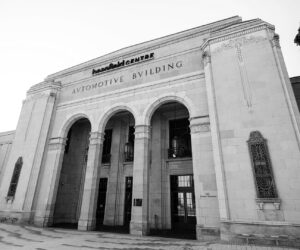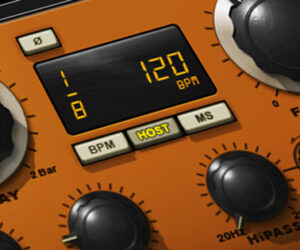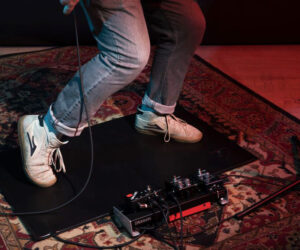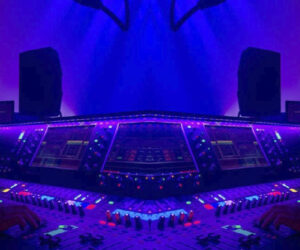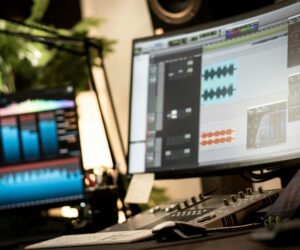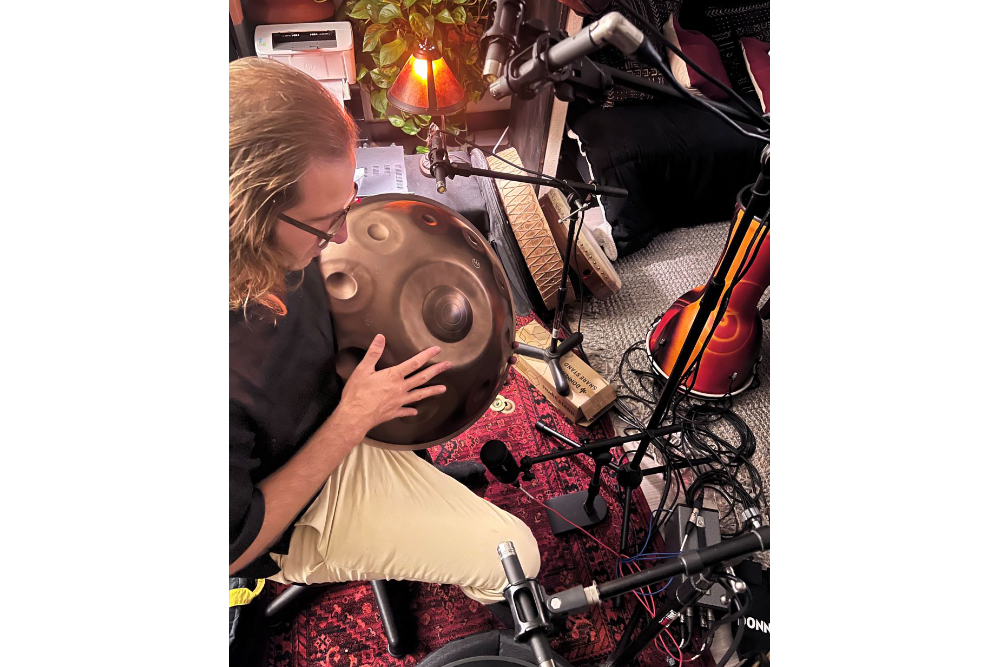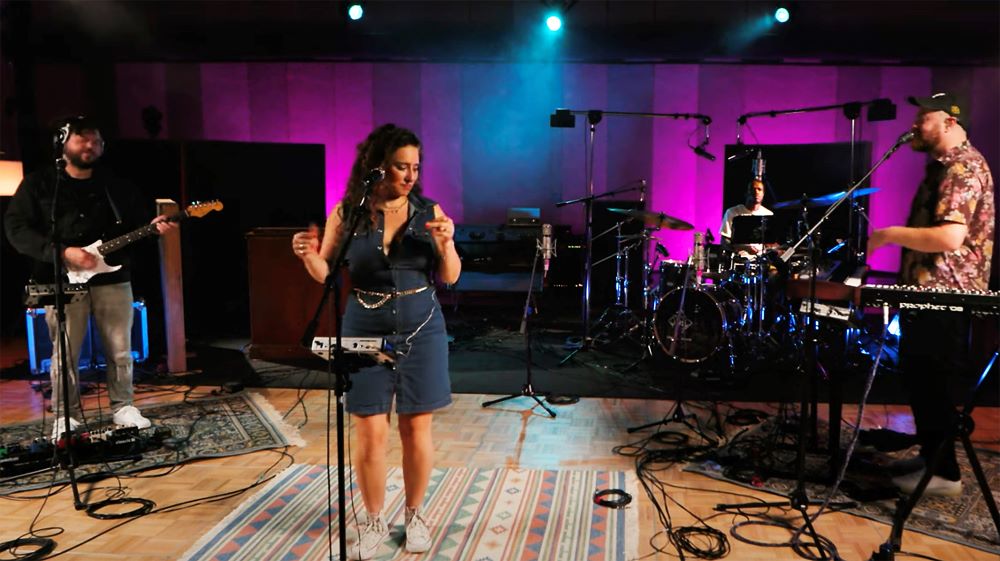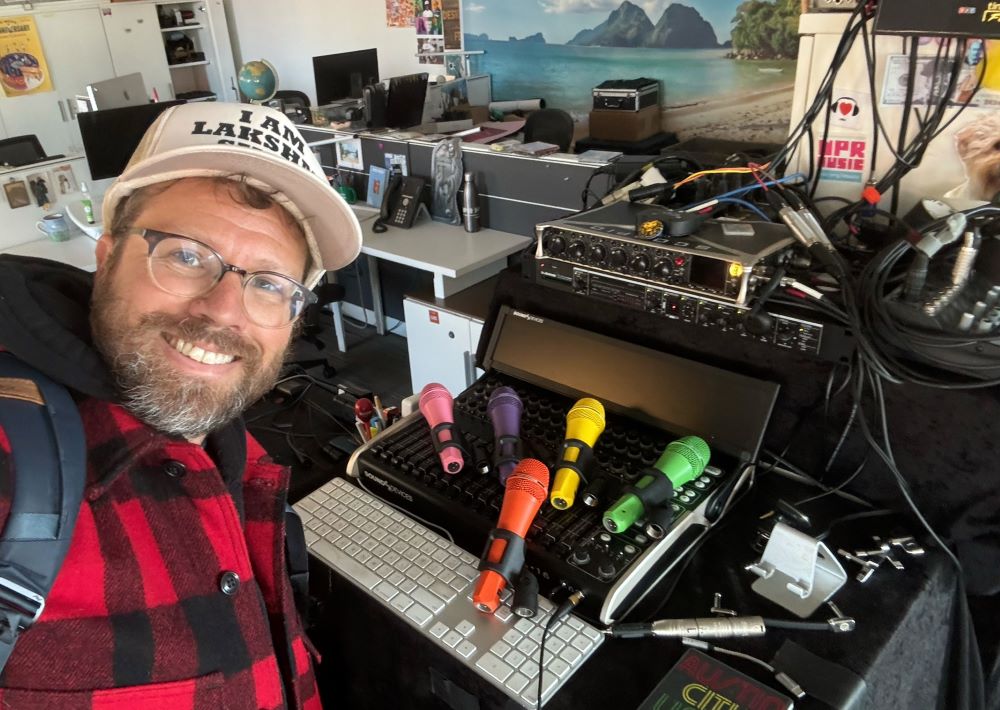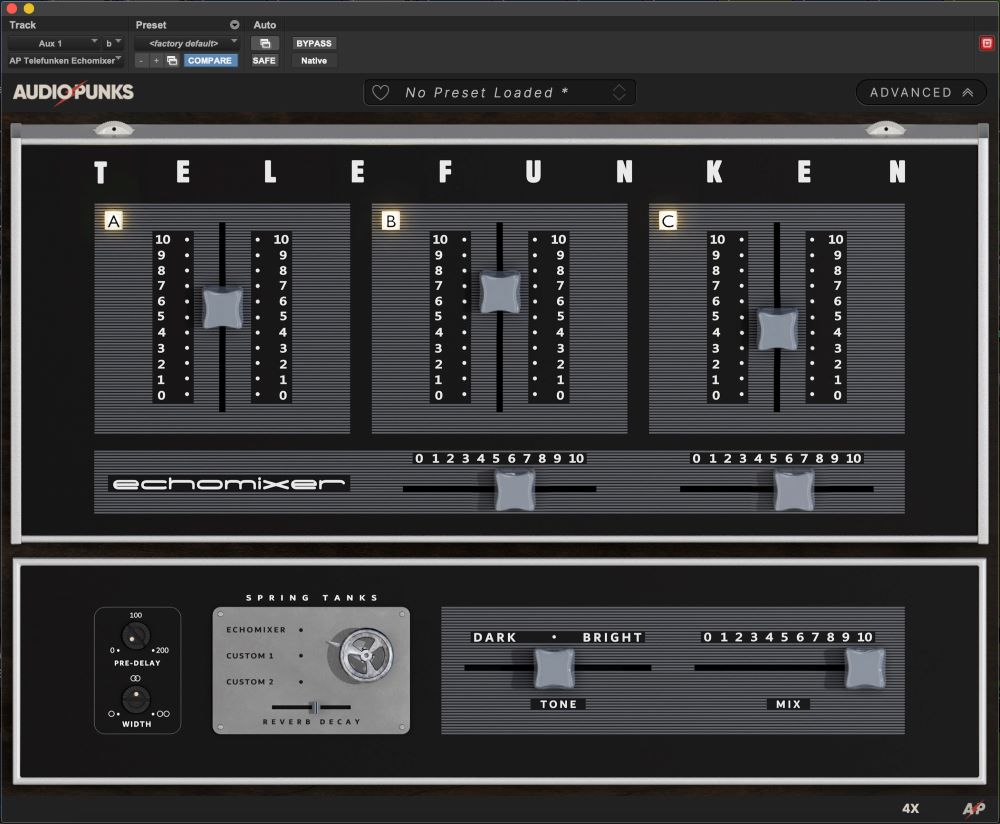At age 17, I dreamed of someday working in a recording studio and listening to music. Having no real idea what a studio engineer did other than record stuff, I loved the way music made me feel and it seemed to be a pretty good idea to get paid to listen to music.
The energy, excitement and thrill received from unwrapping new sounds into my ears seemed to scoop me away into timelessness. Even still, memories flood back of the way my heart would skip followed by an adrenaline rush of fear when I pictured throwing away my direction toward a career in electrical engineering to join the circus world of sound. I can’t, I shouldn’t, I couldn’t, I won’t, I did.
Almost immediately the dream of spending my life in a studio collapsed when several substantial hurdles elevated themselves to “irreconcilable differences,” so we broke up. The first problem was my difficulty staying awake when bored, which, as it turns out, is the same problem I encountered in school. Endless reprimands for cycling between fidgeting, reading ahead, and forgetting to stay awake (all at the same time) would haunt me in the studio, as hour after hour rolled by in slow motion.
The second issue was curiosity. When awake and free to roam away from the tape machine or my “on-call gopher” chair, I had a habit of fixing things, or at least, taking them apart. Much to my surprise, studios tend to love things in various forms of broken, and use the “broken-ness” to get a particular sound. While now understandable, back then this drove me out of my mind.
So here I am, having worked occasionally in studios over the years, but spending the bulk of my audio time in the spontaneous excitement behind the console of live rock shows. This brings me to a couple of years ago, where, on tour with The Red Hot Chili Peppers in Copenhagen and bleary-eyed after a late night, I was trying to focus on a computer screen.
Each day or so brings a new venue to work in, everything is in a constant state of change and motion, yet the one thing that remains fairly constant is that on that night, like every night, we recorded show. And it’s a love/hate thing for me.
On one hand, the challenge of capturing the event is enjoyable, as it seems to bring some permanence to my purpose. On the other hand, the spontaneous rock show and it’s flaws coming under analysis at a later date (and out of context) can be annoying when ther recordings are sent off to be mixed: “No, I don’t know why the hi-hat mic stopped working 30 seconds into the third song in Belgium. Flying cup of water? Mic cable unplugged? Heck, I’m 200 feet and 10,000 people away from the stage. And yes, that is the same bass mic we always use.”
Live engineers are faced with everything except an optimum acoustic environment. Pressing issues include outdoor wind, indoor echo and getting enough speakers in the right spot so the audience can hear something intelligible.
Mistakes are common and acceptable in varying degrees. No show is ever flawless. The memories of previous shows drift away, until all that is remembered are a few key moments and the way it felt to be there—if it’s even remembered at all.
On the other side of the coin, the studio world spends a lot of time striving for perfection. Even the slightest sonic wart will forever be irreversibly imprinted onto multiple mediums for all to hear, analyze and critique. The rewind button and retakes and Pro Tools-type manipulations allow studio recordings to be gingerly designed permanent sonic structures.
This is why the personality types attracted to the two careers tend to be polar opposites. An entire live rock show is loaded in, performed, and loaded out—in front of 30,000 fans—in a shorter time frame than a studio engineer may take to get the drums tuned and miked.


